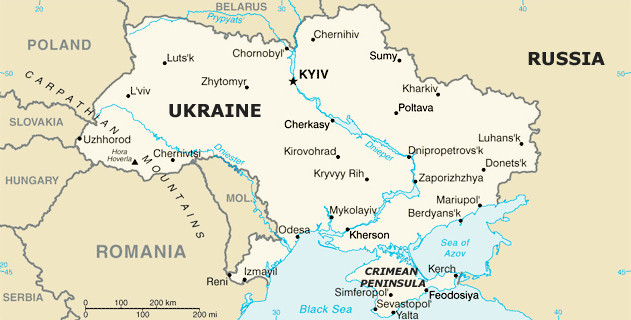NEWSWATCH: “Ukraine’s Regime Is Less Stable than It Was Under Yanukovych: A Third Year Comparison [Excerpt]” – PONARS Eurasia/Yuriy Matsiyevsky

Yuriy Matsiyevsky is Associate professor at the National University of Ostroh Academy, Ukraine.
[Full text: ponarseurasia.org/memo/ukraine-regime-less-stable-than-under-yanukovych-third-year-comparison]
(PONARS Policy Memo) Unfinished reforms, growing social discontent, and ongoing war with Russia deeply destabilize Ukraine. Under such strained conditions, what are the chances of Ukraine’s current government, and specifically the presidency of Petro Poroshenko, to survive until the end of their elected terms? Regime stability is a condition for the success of economic and political modernization and for the termination of the Donbas conflict. While the concept of political stability has been theorized from different angles and perspectives, regime stability has rarely been studied.
This memo approaches the issue of regime stability empirically, first by defining basic regime stability indicators and second by assessing them in two points in time: 2013 and 2017. The first timeframe corresponds to the third year of the presidency of Viktor Yanukovych and the second to the third year of the presidency of Petro Poroshenko. This comparison will help uncover important trends in Ukraine as well as the chances of Poroshenko finishing his first term and his prospects for being reelected. As demonstrated here, both the Yanukovych and Poroshenko administrations during these periods featured high instability, with Poroshenko’s being more vulnerable to domestic challenges than his predecessor’s. Considering that economic growth is contingent on political stability and how closely bound Poroshenko’s regime is to Western support, it is important that the West double its efforts to embolden reforms in Ukraine….
* * *
Conclusion
This analysis allows for three concluding remarks. First, the dynamics of the indicators (excluding defection potential) during the third year of Poroshenko are negative for the incumbent. As the median values demonstrate, both the Yanukovych and Poroshenko regimes were/are inherently unstable. But Poroshenko’s regime, it turns out, is more vulnerable to domestic challenges than Yanukovych’s. Second, the West, and the United States in particular, should absorb these gauges and take a more resolute stance toward the course of reforms in Ukraine. After all, Poroshenko’s survival is highly dependent on Western support (financial loans, military assistance, maintenance of sanctions against Russia, etc.). Making reform implementation a prerequisite for continued assistance, the West can both help stabilize the regime and make reforms irreversible. The West has an opening: it could take the side of the roughly 50 percent of Ukrainians who are decidedly pro-reform. Third, economic growth is contingent on political and regime stability. Finally, a stable EU/NATO “southeastern flank” would be constructive for the European security architecture.
Click here for: “Ukraine’s Regime Is Less Stable than It Was under Yanukovych: A Third Year Comparison” – PONARS Eurasia/Yuriy Matsiyevsky
Article also appeared at http://www.ponarseurasia.org/memo/ukraine-regime-less-stable-than-under-yanukovych-third-year-comparison bearing the following notice:
PONARS Eurasia © 2018 All rights reserved
with the text “Permissions & Citation Guidelines” linking to ponarseurasia.org/permissions-citation-guidelines, which, in turns, bears the notice:
Permission:
Content by PONARS Eurasia may be re-distributed for Fair Use (non-commercial) purposes with credit provided to PONARS Eurasia and the author(s) and with a hyperlink/URL pointing to the original content page on this
